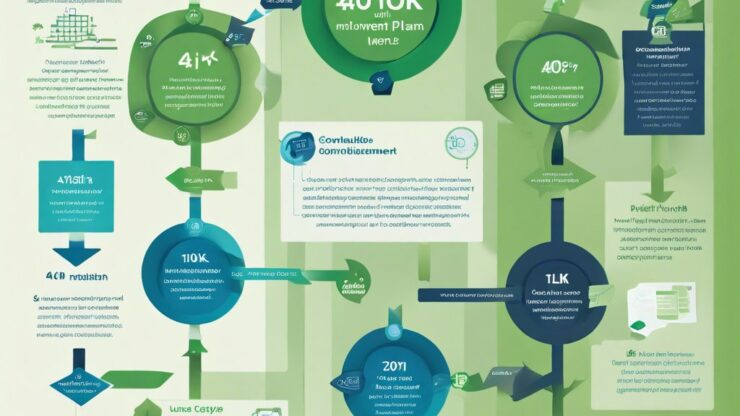Understanding the Basics of 401(k) Plans
A 401(k) plan is a powerful retirement savings tool that allows employees to save for their future while enjoying tax benefits. These plans are offered by many employers and can be a key component in achieving financial security in retirement. Knowing how they work is essential for maximizing the potential of your savings.
The Mechanics of Contribution and Matching
When you enroll in a 401(k) plan, you can choose to have a portion of your paycheck automatically deposited into your retirement account. This is known as a salary deferral. Additionally, many employers offer matching contributions, which means they will match a percentage of what you contribute, essentially giving you free money towards your retirement. Understanding how contributions and matching work can significantly impact your savings growth.
Here’s a quick look at typical contribution limits and employer matching:
- Contribution Limit: For 2023, the maximum employee contribution is $22,500, or $30,000 if you’re age 50 or older.
- Employer Matching: Many employers match up to 50% of your contributions, often up to a certain percentage of your salary.
Tax Advantages and Withdrawal Rules
One of the most attractive features of a 401(k) plan is the tax advantages it offers. Contributions are made with pre-tax dollars, which means you reduce your taxable income for the year. However, it’s crucial to understand the withdrawal rules to avoid penalties. Withdrawals made before age 59½ may incur a 10% early withdrawal penalty, in addition to regular income tax. Therefore, planning your withdrawals is just as important as making contributions.
Disclaimer
This article has been created or edited with the support of artificial intelligence and is for informational purposes only. The information provided should not be considered investment advice. Please seek the support of a professional advisor before making any investment decisions.






